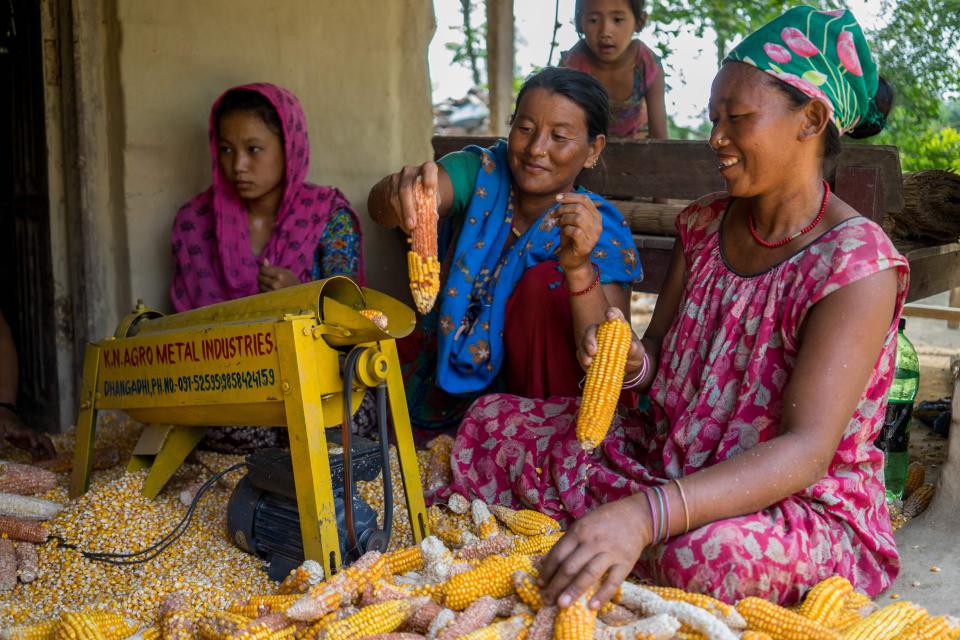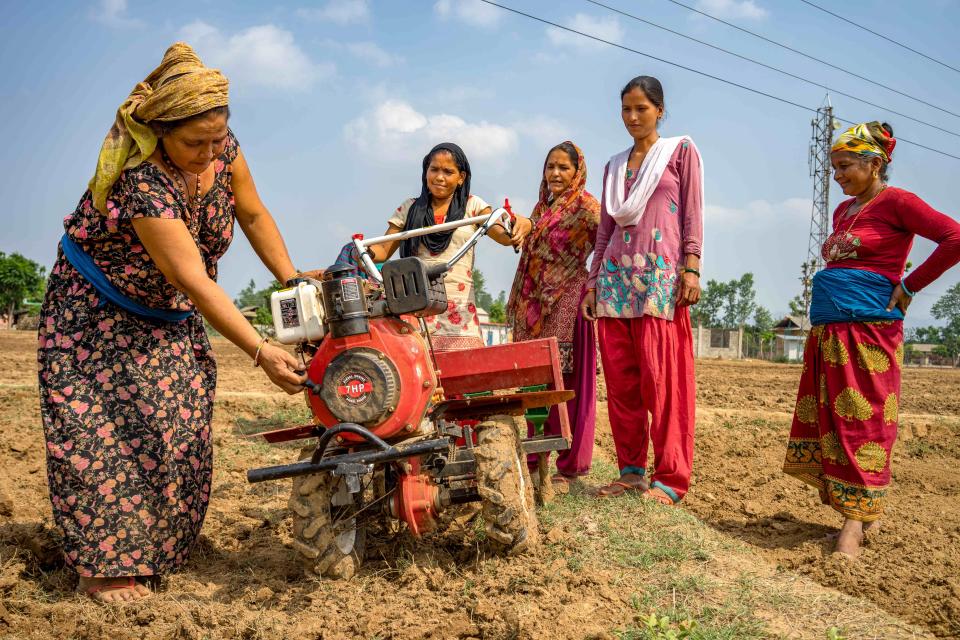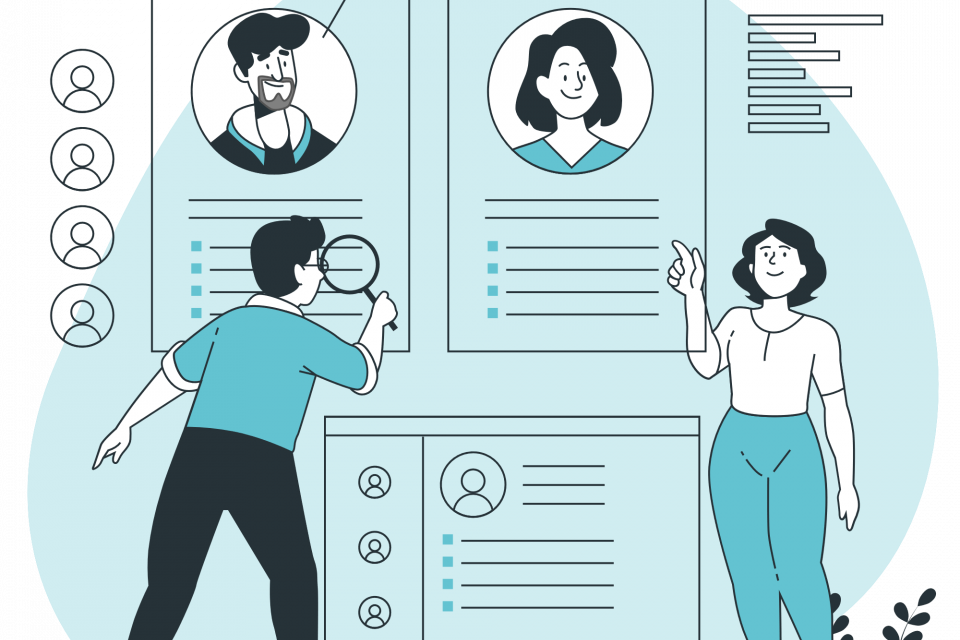Gendered feed assessment tool (G-FEAST)
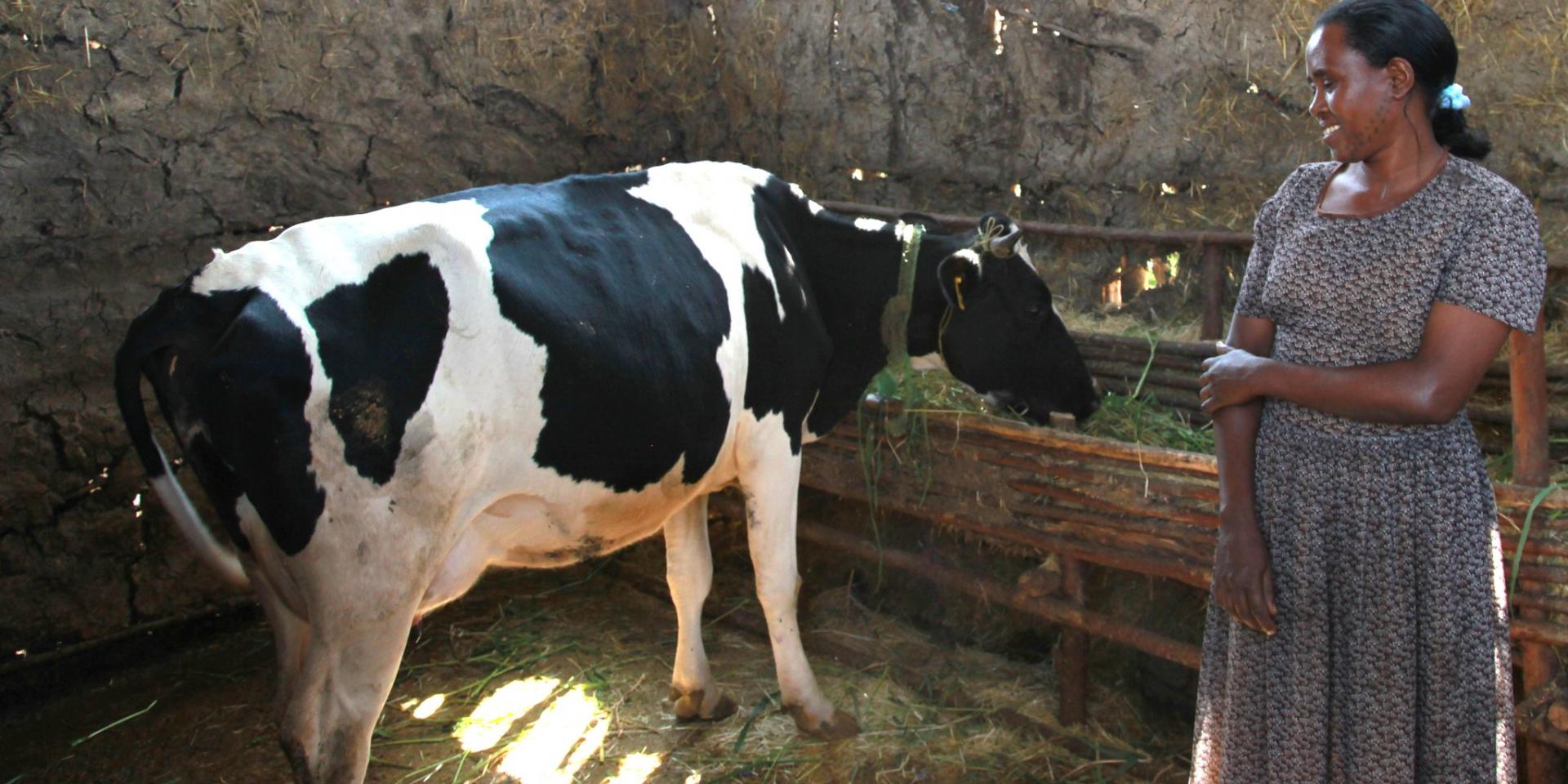 Photo: Zerihun Sewunet/ILRI
Photo: Zerihun Sewunet/ILRI
A means to systematically and rapidly assess feed resources at site level to develop a site-specific strategy for improving feed supply and utilization through technical or organizational interventions.
Why is the tool important?
Women and men farmers in a community might face different problems or constraints on livestock feeding. In addition, the adoption and uptake of agricultural technology and livestock feeding interventions are affected by gender relations. Feeding interventions can also affect women and men differently. Gender considerations can include women’s labor drudgery and the benefits they gain or lose from feeding interventions. Intra-household decision making processes can also affect technology uptake and its impact.
G-FEAST therefore aims to:
- Identify which aspects of gender relations in households affect animal feeding practices and the uptake of feeding interventions.
- Identify differences in opportunities and constraints in animal feeding between different household types.
Who is the tool for?
The tool is meant for researchers and practitioners.
How can I use the tool?
During the preliminary scoping exercise, users are expected to identify demographically representative groups of women and men farmer participants according to age, wealth/land size and type of household (male headed, female headed, female managed). The open-ended group discussions and (largely) closed individual interviews provide information on agriculture and livestock conditions in the area (including gender and livestock ownership, decision-making, and labor), as well as problems and potential solutions from gender perspectives. Plugging the information collected into the data templates generates reports and graphs that inform the development of gender-responsive feed intervention strategies.
When and how was it developed?
International Livestock Research Institute (ILRI) developed the tool in 2019.
Where can I get the tool? Who can I contact?
You can access the tool here or download the PDF (3.28 MB).
Publications
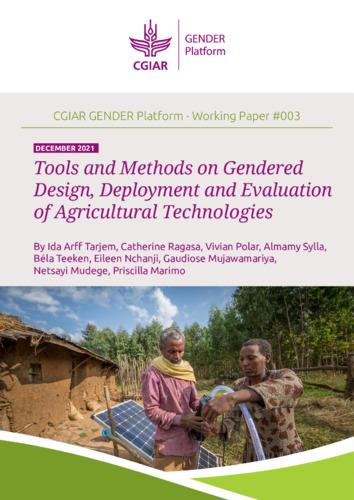
Tools and methods on gendered design, deployment and evaluation of agricultural technologies. CGIAR GENDER Platform working paper 003.

